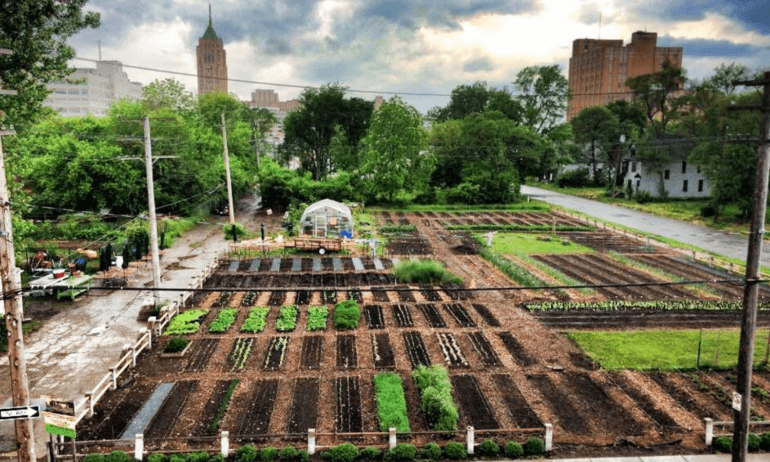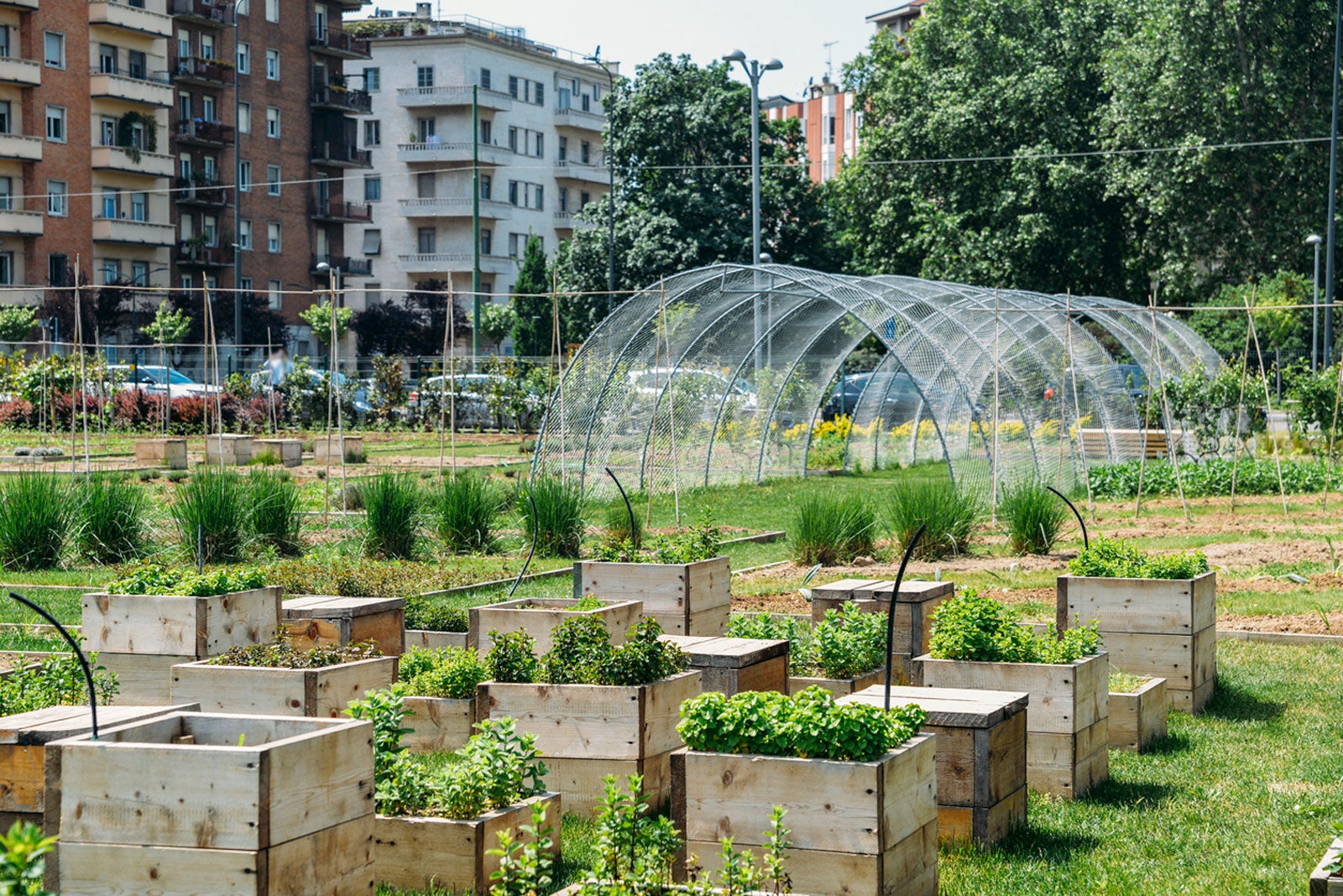The 30-Second Trick For City Blooming
The 30-Second Trick For City Blooming
Blog Article
5 Easy Facts About City Blooming Described
Table of ContentsCity Blooming - TruthsThe Definitive Guide for City BloomingRumored Buzz on City BloomingAn Unbiased View of City BloomingCity Blooming Things To Know Before You Buy
Intrigued in growing food up for sale in the City of Chicago? Thinking of starting an area garden? Changes to the Chicago Zoning Regulation permit farming uses like community gardens and metropolitan ranches in many parts of the city. Below is a checklist of regularly asked questions concerning the guidelines and guidelines that cultivators ought to consider when planning a city farming project.
The zoning modification does not modify any kind of various other codes taking care of composting, structure permits, acquiring or leasing City had home, service licenses or environmental contamination. There are existing codes that manage these issues and they continue to be in full result and may be applicable to your task. Neighborhood yards are typically owned or managed by public entities, civic companies or community-based organizations and kept by volunteers.
Urban ranches grow food that is planned to be marketed, either on a nonprofit or for-profit basis. Due to their commercial objective, metropolitan farms call for a service certificate.
The 45-Second Trick For City Blooming
The amount of compost product can not surpass 25 cubic backyards at any kind of offered time according to the standards in 7-28-715 of the City's Municipal Code. Because the dirt at the majority of brand-new garden websites needs changing, compost, soil, wood chips, or various other materials can be obtained to create or improve the growing room.

If a building permit is required then the hoophouse will be taken into consideration an accessory structure. You can learn more regarding the building permit needs by calling the Department of Buildings. The 25,000-square-foot size restriction is meant to avoid a single area garden from dominating a given block or diminishing the block's existing property or commercial character.
The limit does not apply to gardens situated in Public Open Room (POS) areas. Can there be more than one community garden that is 25,000 square feet on a solitary block? Secure fencing is not called for, however, yards that have huge car parking locations may be needed to mount fencing or various other landscaping features.
The Facts About City Blooming Revealed
B1 & B2 areas need that all industrial use activities be performed inside your home. Is secure fencing needed for urban ranches? Fences may be needed, along with landscaping and screening, for certain car park areas and outdoor work or storage locations depending on location and the details task taking place.
Urban farms require building authorizations and zoning approvals prior to building (eco-friendly practices). Other kinds of city evaluation may be needed depending on particular frameworks, activities, size, landscaping, licensing, public heath and stormwater administration concerns.
Yes. The type of license is identified by what is occurring at the website. The Department of Company Matters and Customer Protection can help figure out the specific kind of service certificate that's called for. Yes. Off road parking is needed for the majority of industrial jobs in Chicago. The required number of garage is based on the number of staff members working with site and not the square video footage of the expanding area.
More About City Blooming

Yes. A city farm can market garden compost product produced on site, nevertheless, the operation has to abide with the regulations in 7-28-715 of the Chicago Municipal Code. Yes. Aquaponic systems are permitted indoors on city farms in numerous zoning areas. A zoning testimonial and structure permit is required in order to mount frameworks or systems and a company certificate is needed as explained over.
As much as five hives or colonies of honey may be maintained as an accessory use. Beekeepers have to register with the Illinois Department of Farming. To find out more regarding the proposed zoning change you may speak to the Division of Real Estate and Economic Advancement, Bureau of Planning and Zoning at 312.744.8563.
Farming in cities and urban areas A city farm in Chicago. Urban farming describes various methods of growing. https://www.openlearning.com/u/danielnold-sfprdq/, processing, and dispersing food in metropolitan locations. The term also puts on the area activities of animal husbandry, tank farming, beekeeping, and gardening in a metropolitan context. Urban farming is differentiated from peri-urban farming, which occurs in rural areas at the edge of suburban areas.
Little Known Facts About City Blooming.
It can entail a movement of natural farmers, "foodies" and "locavores", who seek to develop socials media founded on a common principles of nature and area holism. These networks can develop using official institutional support, ending up being integrated into local town as a "shift town" motion for sustainable city development.
In either case, the a navigate here lot more straight access to fresh vegetable, fruit, and meat items that might be realised through metropolitan agriculture can boost food safety and food safety and security while reducing food miles, leading to reduced greenhouse gas exhausts, therefore contributing to climate adjustment mitigation. Several of the first proof of metropolitan agriculture comes from Mesopotamia.
Report this page